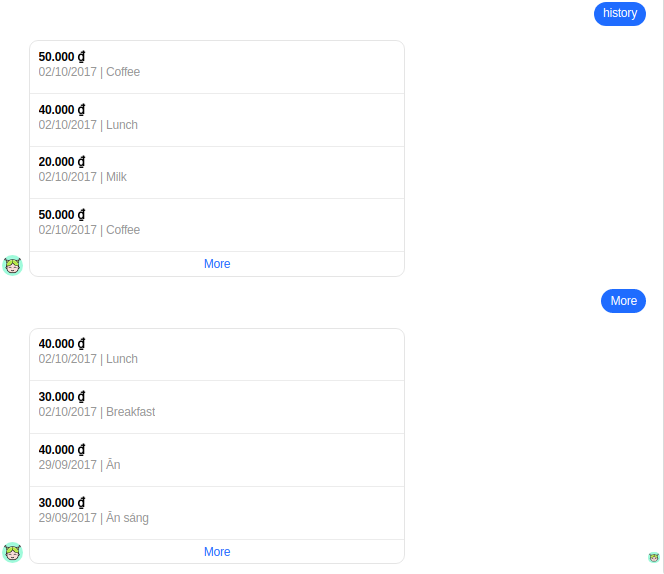Securing a business loan can provide the financial boost your company needs to grow, expand operations, or manage cash flow. However, navigating the loan application process can be complex and time-consuming. In this article, we will guide you through the step-by-step process of applying for a business loan, empowering you to present a strong application and increase your chances of approval.
1. Assess Your Business Needs
Before applying for a business loan, identify your specific funding requirements. Determine the purpose of the loan, whether it’s for purchasing equipment, expanding operations, working capital, or other business-related needs. Having a clear understanding of your funding requirements will help you choose the right type of loan and lender.
2. Review Your Creditworthiness
Lenders will evaluate your creditworthiness to assess the risk of lending to your business. Review your personal and business credit scores and address any issues or discrepancies. Aim to improve your credit profile by paying bills on time, reducing outstanding debts, and maintaining a low credit utilization ratio.
3. Research Loan Options
There are various loan options available to businesses, including traditional bank loans, Small Business Administration (SBA) loans, lines of credit, equipment financing, and alternative lenders. Research and compare the terms, interest rates, repayment periods, and eligibility criteria of different loan options to find the most suitable one for your business.

4. Prepare Your Business Documents
Lenders will require specific documentation to evaluate your loan application. Gather essential documents such as your business plan, financial statements (balance sheet, income statement, cash flow statement), tax returns, bank statements, legal documents (licenses, permits, contracts), and any additional information requested by the lender. Ensure that all documents are accurate, organized, and up-to-date.
5. Develop a Strong Loan Proposal
Craft a comprehensive loan proposal that showcases your business’s strengths and future prospects. Clearly outline your business’s history, mission, market analysis, target audience, competitive advantage, and growth plans. Present a detailed loan purpose, including how the funds will be used and how they will contribute to the success of your business.
6. Complete the Loan Application
Fill out the loan application accurately and completely. Provide all the required information, including your business details, financial information, personal background, and collateral details (if applicable). Be transparent and provide honest answers to all the questions. Incomplete or inaccurate applications can delay the process or result in rejection.
7. Prepare Financial Projections
Include financial projections that demonstrate the potential for loan repayment and business growth. Present realistic revenue forecasts, expense estimates, and cash flow projections. Back up your projections with market research, industry trends, and a solid understanding of your target market. Demonstrating a clear financial plan increases your credibility and reassures lenders.
8. Provide Collateral and Personal Guarantees
Depending on the loan type and lender’s requirements, you may need to provide collateral or personal guarantees to secure the loan. Collateral can be business assets, property, or equipment. Personal guarantees involve taking personal responsibility for loan repayment if the business is unable to fulfill its obligations. Assess your assets and be prepared to provide necessary documentation.

9. Submit the Loan Application
Once you have gathered all the necessary documents and completed the application, submit it to the lender along with any supporting materials. Double-check that all information is accurate and that you have included all requested documents. Keep copies of the application and supporting documents for your records.
10. Follow Up and Be Patient
After submitting your loan application, follow up with the lender to confirm receipt and inquire about the timeline for their decision. Be patient during the evaluation process, as it can take time for the lender to review your application and conduct their due diligence. In the meantime, continue to focus on managing your business and exploring alternative funding options.
Conclusion
Applying for a business loan requires careful preparation and a thorough understanding of your business’s financial needs. By assessing your requirements, reviewing your creditworthiness, researching loan options, preparing essential documents, developing a strong loan proposal, completing the application accurately, providing financial projections, offering collateral or personal guarantees if necessary, submitting the application, and following up with the lender, you can increase your chances of securing the funding you need to fuel your business’s growth and success.
















